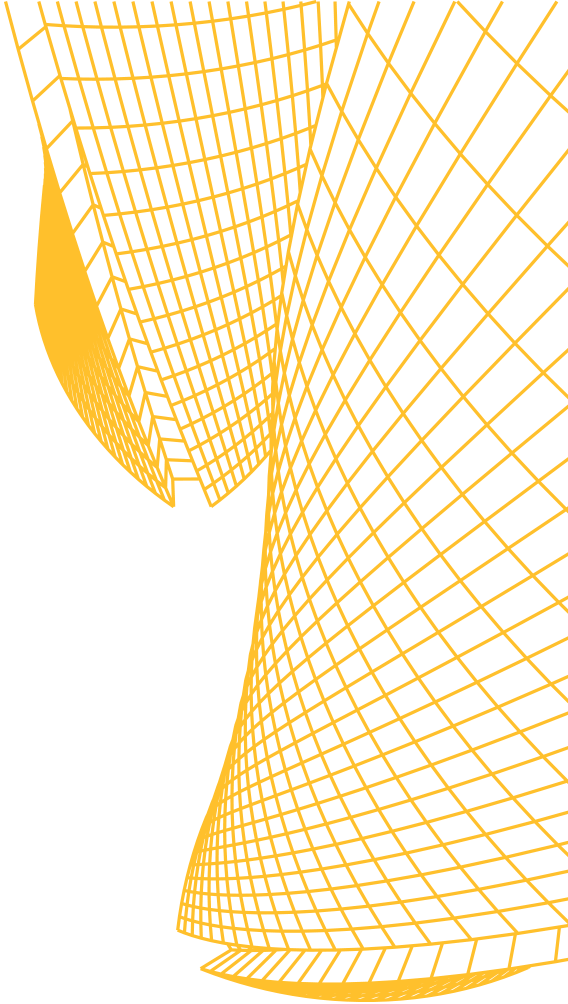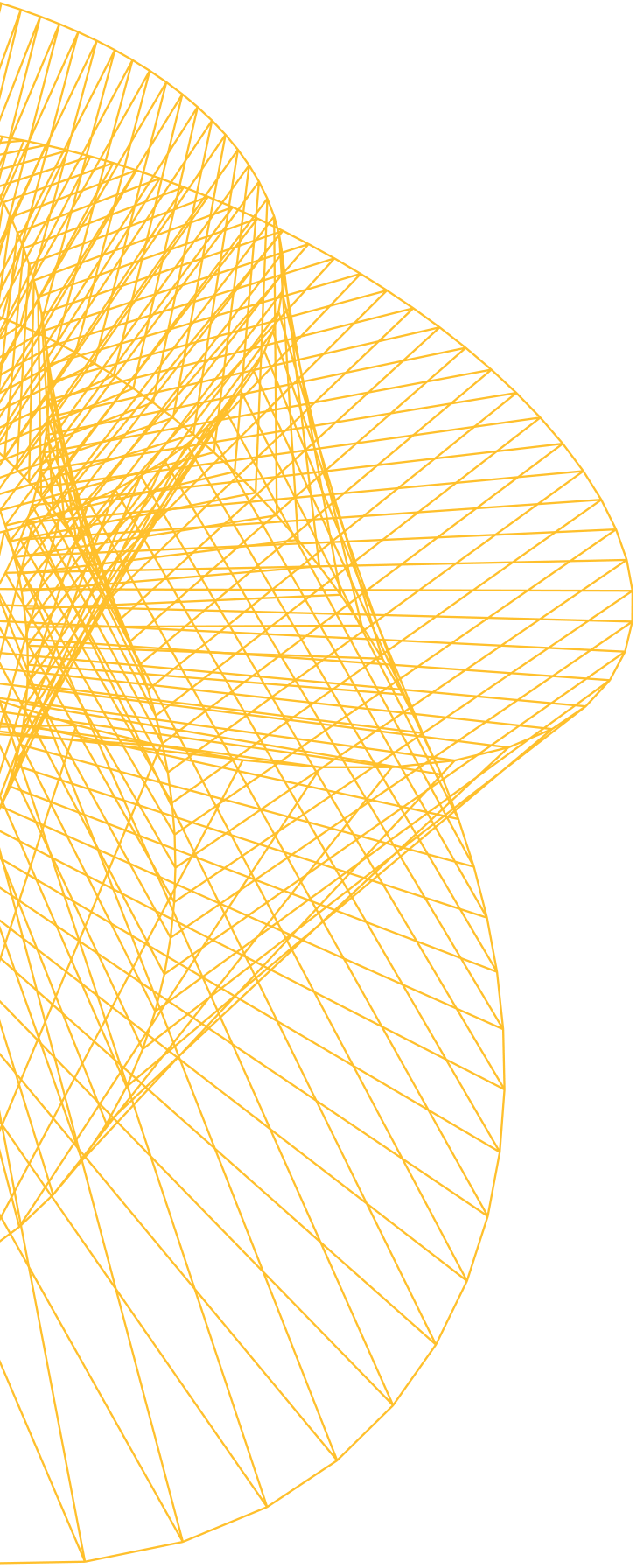Fused Filament Fabrication
PrintCity has over 30 Fused Filament Fabrication (FFF) and Fused Deposition Modelling (FDM*) printers.
These printers enable production using low-cost materials, with a wide range of colour and polymer options. The filaments also come in several wood and metal varieties, and wood prints can be varnished to produce a high-quality finish.
FFF and FDM printers work by melting a strand of polymer that is fed from a roll of filament into a heated extruder. Each layer is melted and fused onto the previous one and the model is built up one layer at a time.
Common materials used with this technology include Polylactic Acid (PLA), Thermoplastic Polyurethane (TPU), Acrylonitrile Butadiene Styrene (ABS), Polyethylene Terephthalate Glycol (PETG) and Polyvinyl Alcohol (PVA).
*FDM is a trademark of the company Stratasys, but the process is the same as FFF.
13 x Prusa i3 MK3S [250x210x210]
3 x Prusa MK4 [250x210x220]
1 x Ultimaker 2+ [223x220x205]
6 x Ultimaker 3 [215x215x200]
2 x Ultimaker S3 [230x190x200]
2 x Ultimaker 3 Extended [215x215x300]
13 x Ultimaker S5 [330x240x300]
1 x Builder 1500 Pro [1100x500x820]
1 x 3DGence INDUSTRY F421 [380x380x420]
Get in touch
If you're interested in working with us, or have questions about studying with us please get in contact.

Our Equipment

